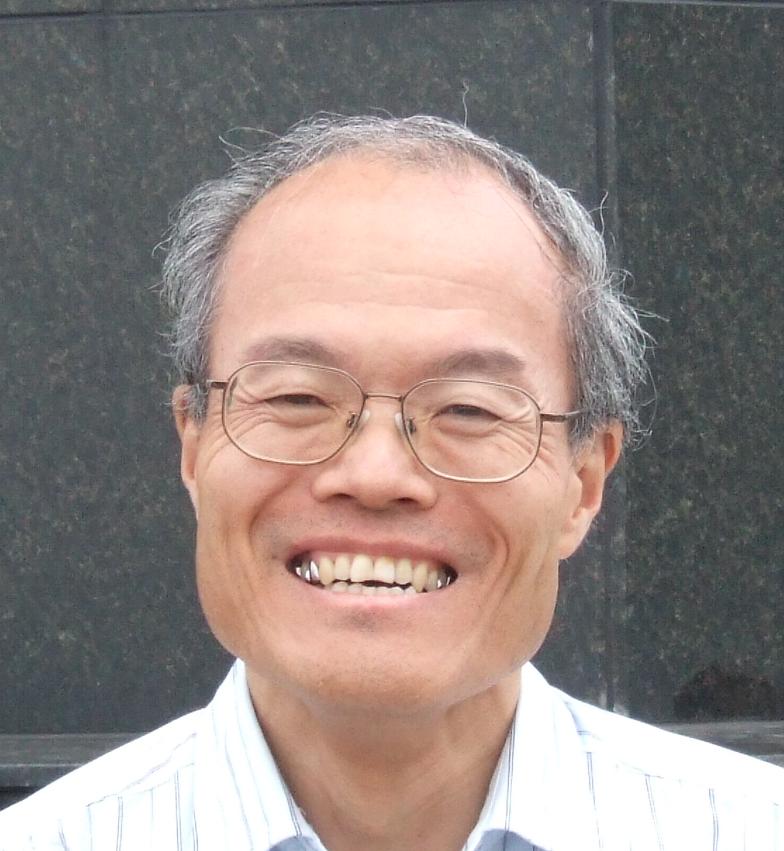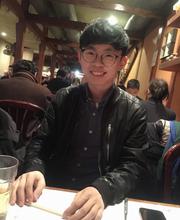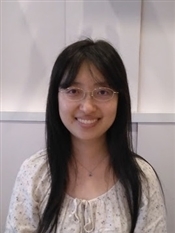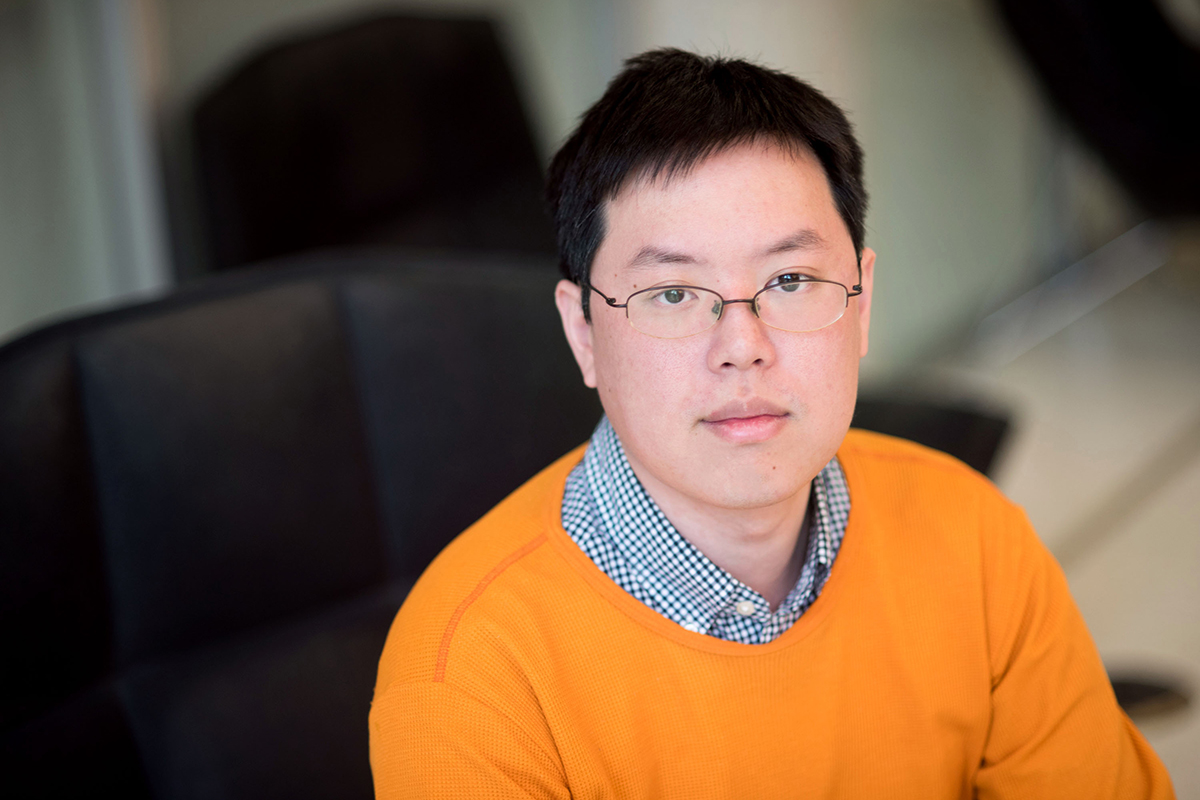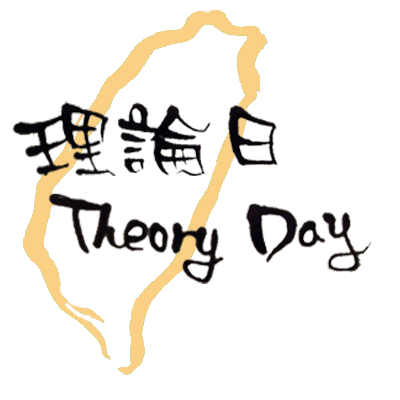
Theory Day in Taiwan (2020)
Date: Sunday, 12 January, 2020
Location: Auditorium 101/106, New Building, Institute of Information Science, Academia Sinica, Taipei
Past Theory Days in Taiwan: 2016A@Taipei, 2016B@HsinChu, 2017A@Taipei, 2017B@HsinChu, 2017C@Taipei, 2018@Taipei, 2018B@Taipei, 2019@HsinChu
The Theory Day in Taiwan is an experimental one-day event that aims to stimulate interaction and discussion for TCS researchers in Taiwan and nearby countries. We plan to host 3-4 hour-long talks in general TCS area with long breaks for interaction. The meeting is free and open to everyone; in particular, students are encouraged to attend. We also create mailing lists for disseminating theory-related events in Taiwan. Please subscribe NOW for more information about Theory Day and Theory Event in Taiwan!!
Speakers:
Kazuo Iwama (RIMS, Kyoto University), Brabeeba Wang (MIT), Hsiang-Hsuan Liu (Utrecht University), Han-Hsuan Lin (UT Austin)
Subscribe to the Mailing List !
